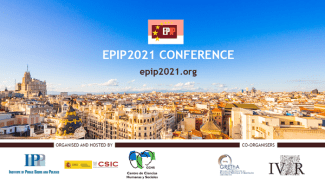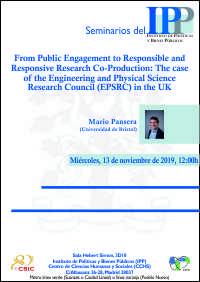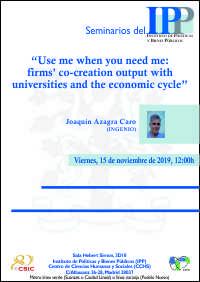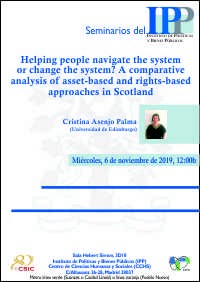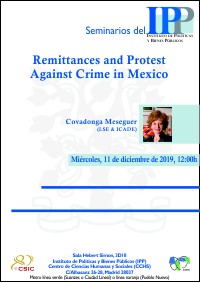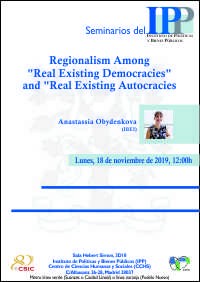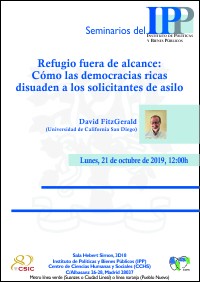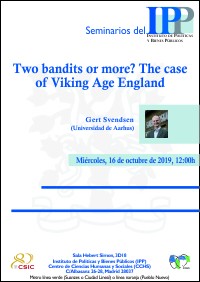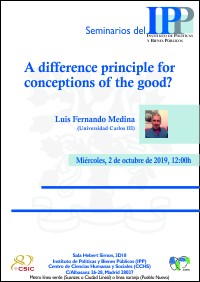Muñoz-Écija, T., Vargas-Quesada, B., and Chinchilla-Rodríguez, Z. (2019). Coping with the delineation of emerging fields: Nanoscience and Nanotechnology as a case study. Journal of Informetrics, 13(4)
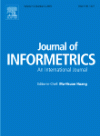
Abstract. Proper field delineation plays an important role in scientometric studies, although it is a tough task. Based on an emerging and interdisciplinary field nanoscience and nanotechnology– this paper highlights the problem of field delineation. First we review the related literature. Then, three different approaches to delineate a field of knowledge were applied at three different levels of aggregation: subject category, publication level, and journal level.



